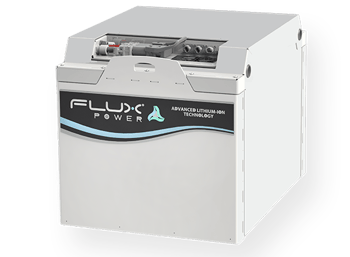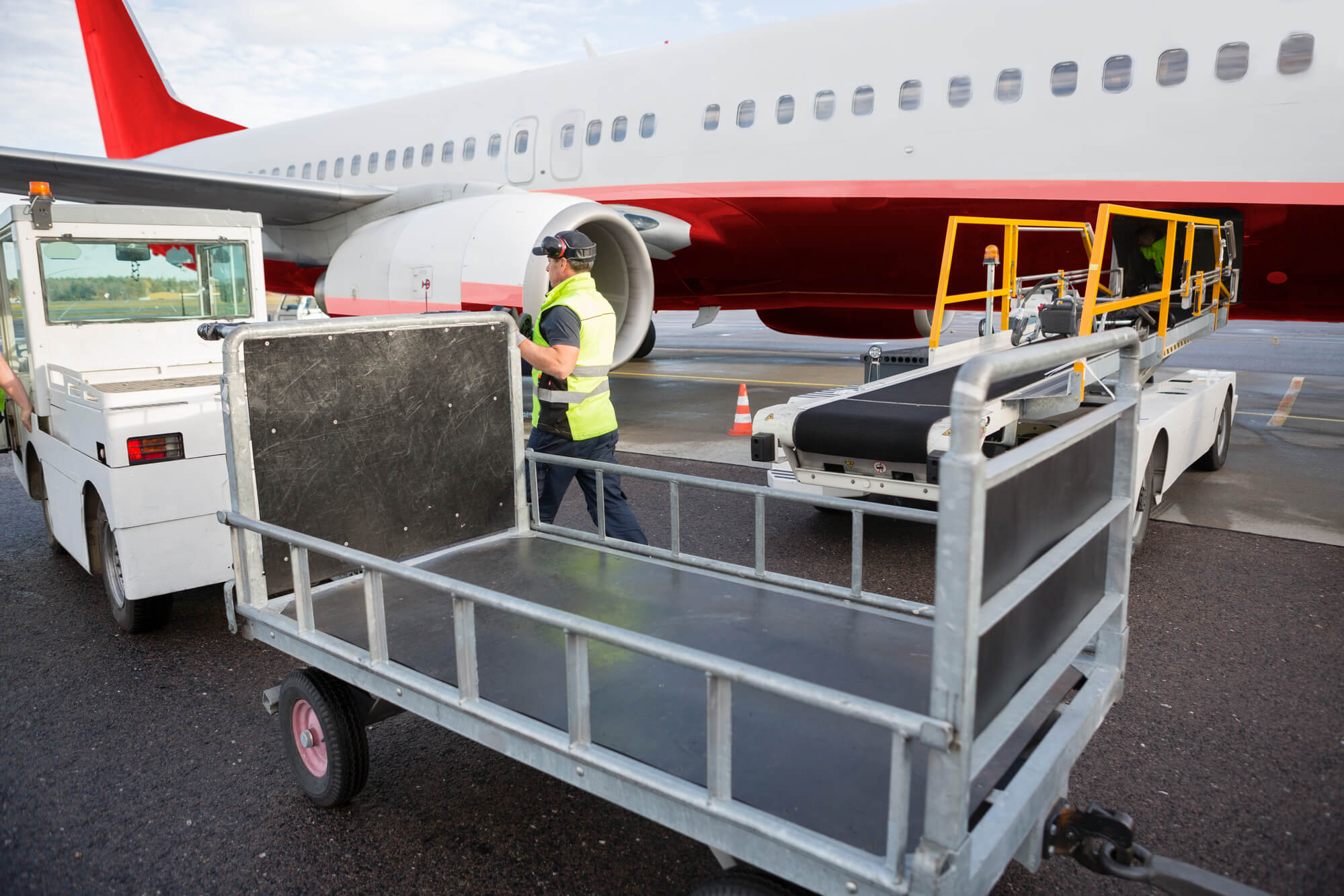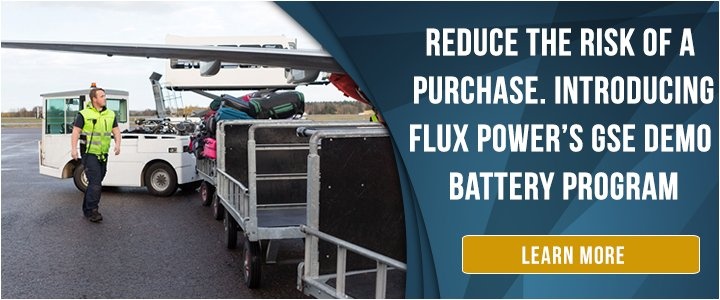While the coronavirus continues to disrupt the airline industry worldwide, there may be an opportunity for airlines and airports to make changes now that will help them rebound once passengers return to the skies.
Although thousands of flights have been cancelled over the past few months, resulting in job losses and billions of lost revenue, some airlines are using this time when there is a reduced demand for flights to evaluate their processes and ground support products.
This not only has allowed these companies to keep employees on the payroll but has put airlines in a better position to operate more efficiently once the demand for flights picks back up.
One of the most impactful products that airlines can evaluate during this lull is the power source for the fleets of electric ground support equipment (GSE). Below, we will take a closer look at which battery features can impact performance and costs, as well as the best way to determine which battery type can have the greatest impact on operations.
Battery Features To Compare
When evaluating the best battery for electric ground support equipment, it is important to consider the many factors that can influence how well a battery performs. These factors can include everything from weather to the need for sustained performance across multiple shifts.
 Battery features to look at include:
Battery features to look at include:
- Average lifespan
- Availability of battery
- Charging times
- Power levels
- Labor costs
- Performance in extreme environments
- Safety considerations
The two most common battery types used to power electric ground support equipment are lead acid and lithium-ion batteries. Let’s compare the two using the criteria outlined above.
Average Lifespan
The average lifespan of a lead acid battery is between 1,000 and 1,500 cycles. The average lifespan of a lithium-ion battery is between 2,000 and 3,000 cycles. Purchasing a lithium-ion battery extends the time for buying a replacement battery, so total cost of ownership is reduced.
Availability Of Battery
Lithium-ion batteries have up to a 25% longer run time than lead acid. Lithium-ion batteries can also be safely discharged down to 20% capacity, whereas lead acid can only be safely discharged down to 30%. This means that the GSE is available to perform work whenever needed and for a longer time period using a lithium-ion battery versus a lead acid battery.
Charging Times
Lead acid batteries require 8 hours of charging time and another 8 hours to cool down. Lithium-ion batteries take just 1 to 2 hours to charge and can be opportunity charged in between usage times.
Power Levels
Lead acid batteries lose voltage as they are discharged. Lithium-ion batteries maintain a constant voltage throughout the discharge cycle. That means ground support equipment will not experience a performance decrease as the battery discharges.
Labor Costs
To the point above, lead acid batteries have a more labor-intensive charging process. An operator must use special lifting equipment to remove the battery and place it on a storage rack for charging. After this process occurs, the battery must cool for 8 hours. The battery is then placed back into the piece of equipment. Lithium-ion batteries remain in the equipment during charging.
Performance In Extreme Environments
Most airports are not located in ideal temperatures. Many operate in a variety of conditions throughout the year, and some operate in extreme climates throughout the year. Especially in cold climates, battery performance can suffer. Lead acid batteries can experience a significant reduction in capacity when used in cold temperatures. Lithium-ion batteries, however, hold their charge longer and only experience a 10% drop in capacity.
Safety Considerations
Safety is an important consideration in the aviation industry, and what occurs on the ground is no exception. Lead acid batteries present several safety concerns, including the highly-toxic sulfuric acid located inside the battery that can spill when workers “water” the batteries. If lead acid batteries overcharge, the electrolyte solution can overheat and increase pressure inside the battery. This can lead to an explosion. Lithium-ion batteries do not require water maintenance, and there is minimal risk for overheating.
Evaluate A Battery
While airlines are facing many struggles currently, taking steps now to improve the efficiency of an operation can potentially help them rebound more quickly once the economy improves and passengers resume their travel plans.
For airlines experiencing a drop in demand for flights, now may be the perfect time to evaluate a new product that may help improve productivity once operations resume to higher levels. For example, some battery manufacturers offer the opportunity to request a demo battery.
Purchasing a battery for your GSE is a major investment, and during a time when all purchase decisions must be carefully considered, seeing a lithium-ion battery in action can help you determine whether it will benefit your airline’s operation and help you achieve higher levels of productivity.












